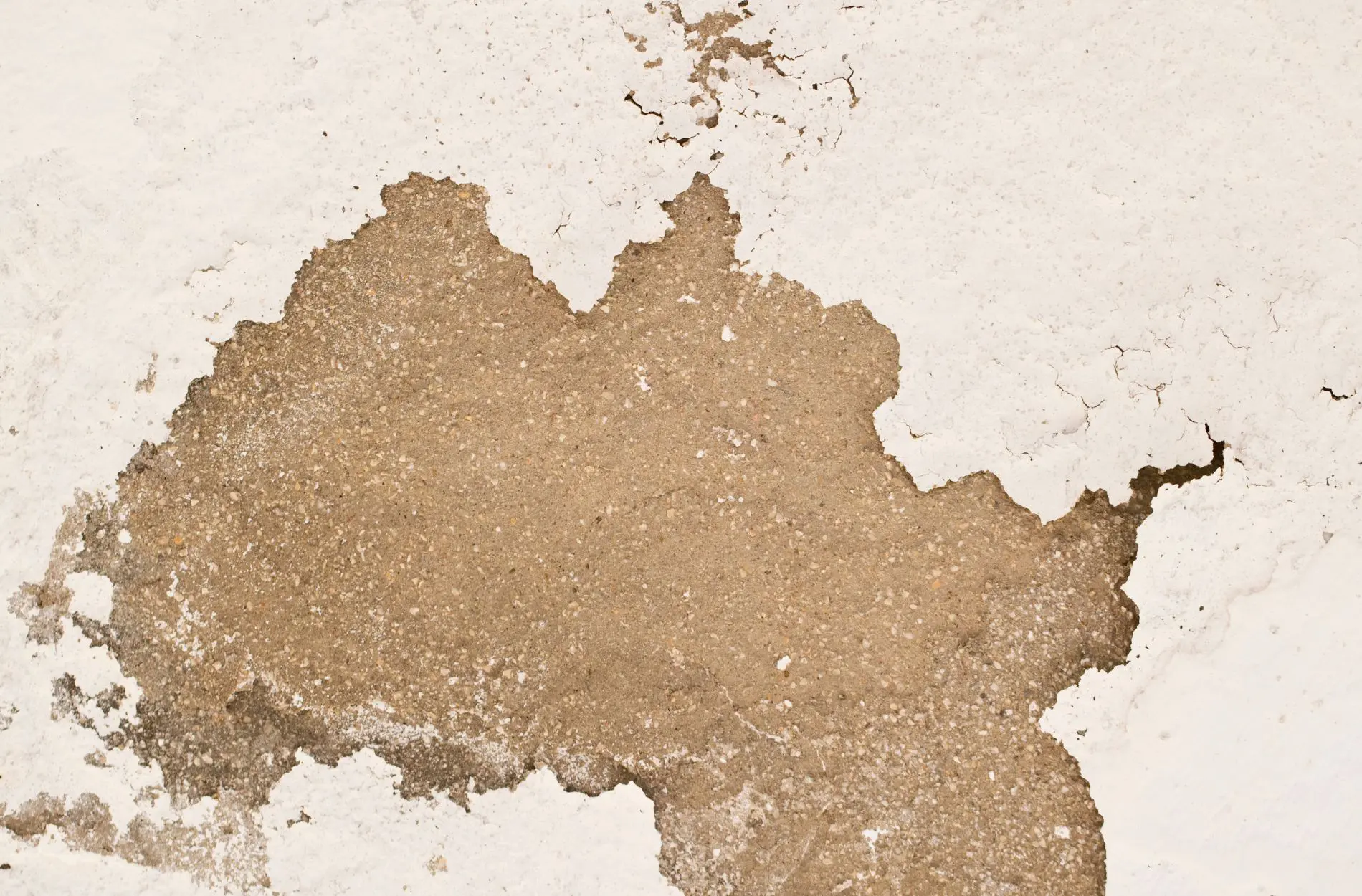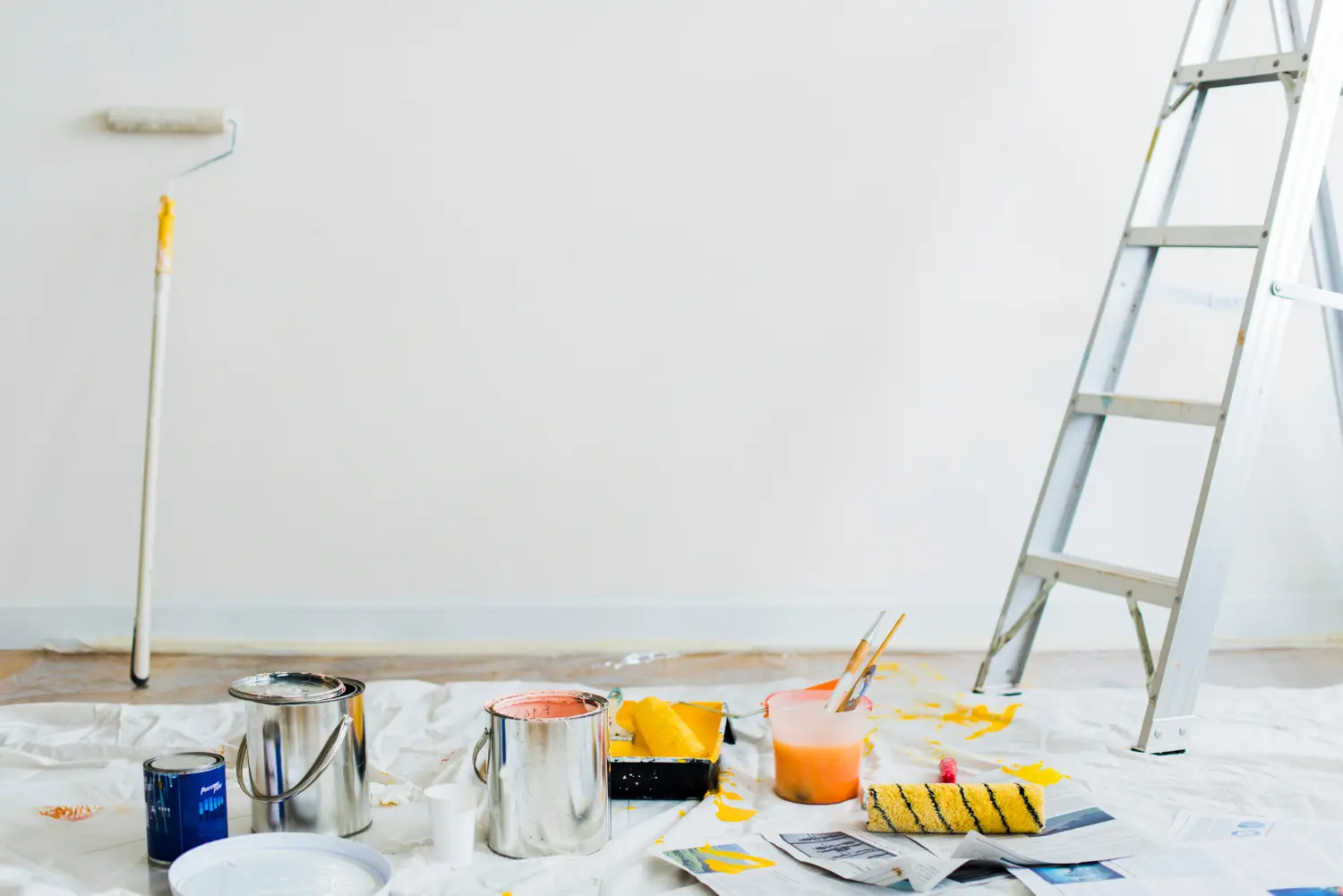Caring For Your Premium Painting Tools Like a Pro

It is often said that artists will only ever be as good as the tools they have to work with. Which is something that rings entirely true when it comes to your own home decorating masterpieces, too. The simple fact of the matter is that there is really very little point perfecting your painting technique and investing all the time and effort in the world in painting the home, if the tools you use are completely out of shape. Even something as simple as stiff or damaged bristles on a brush can make it impossible to come up with anything other than a streaked mess.
Ask any painting professional and they will tell you that very little matters more than the quality and condition of the painting tools you use. But assuming you make the decision to invest in high grade, premium painting tools, chances are you would also prefer to look after them. Many see painting tools as disposable, but this really should not apply if you are paying for premium products.
So as far as the experts are concerned, what can you do to take better care of your painting tools, both during and after a painting project?

Prepping Tools
Well, first of all it’s important to get into the mindset that quality painting tools are valuable investments, not simply disposables. Ensuring that they last as long as possible and continue doing their job properly begins with a little initial prep. Upon first buying a new brush, it’s a good idea to soften the bristles a little by gently pinching and flexing them with the fingers. In addition, if you are to be using any latex paints, it is important to dip the bristles in water to ensure that they are 100% lint-free. If it happens to be a roller that you are using, a good tip is to wrap some sticky tape around your hand with the sticky side on the outside, before using it to pull any residual lint off the roller before getting started.
Brief Storage
Contrary to popular belief, it isn’t in fact necessary to continually keep cleaning you brushes and tools during a project. If you plan on coming back to the job the next day, you can save yourself a lot of time and trouble by simply wrapping the brush or roller in high quality aluminum foil or plastic wrap. This will keep the paint on the tool nice and fresh, ensuring it is in the perfect condition to use the next day. If you intend to leave your brushes and tools for longer than 24 hours, you can simply place them in airtight bags, remove as much of the air from them as possible, seal them and place them in the fridge. Once again, this will keep the paint fresh and in the perfect condition to be used again a few days later, with no cleaning required.
Cleaning After a Project
When the time comes to clean the brushes and rollers at the end of the project, the key lies in getting the job done as quickly and immediately as possible. If you have followed the above tips with regard to temporary storage, you should technically find it relatively easy to clean your tools. Begin by scraping as much paint from your paint trays as possible back into the can, while removing excess paint from your rollers and brushes.
It’s important to check if there are any specific rules with regard to waterborne paint waste in your municipality, before going ahead. If you have been using water-based paints, generally all you will need is plenty of warm water and a few drops of standard detergent. You should then be able to work the solution between the brushes with your fingers, while using a sponge on the handle and the outside of the brush to remove as much paint as possible. After removing as much excess paint as possible from any rollers you have used, it is once again a case of using your fingers and the same detergent solution to gradually remove all residual paint. Rinse with clean water and repeat if necessary.
For oil-based paint, it will be necessary to invest in some kind of chemical or mineral spirit, to get the job done. The products you purchase will determine the course of action to follow when it comes to cleaning your brushes and rollers, so be sure to follow the instructions carefully.
You might also want to think about investing in a wire brush, which can be useful with all payment types when it comes to removing paint from between the bristles of your brushes. Just as soon as you are happy that your tools are comprehensively clean, give them a good shake and allow them to dry fully. If the bristles appear stiff and hard after drying, work them loose once again with your fingers.
Additional Tips
Prior to storing your painting tools away, take any brushes with bristles that appear to be in particularly bad shape and dip them in boiling water. Immediately after taking them out, grab a wire comb and gentle brush them back into shape.
With rollers, if you note any areas that have been damaged or any kinds of protrusions that are likely to create unwanted textures as you use them, simply cut them away with scissors or a sharp knife.
Last but not least, if you intend to store away your clean tools for an extensive period of time, use the protective covers they were supplied with, or make your own using heavy-duty aluminum foil or strong plastic wrap.










